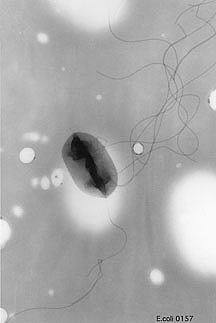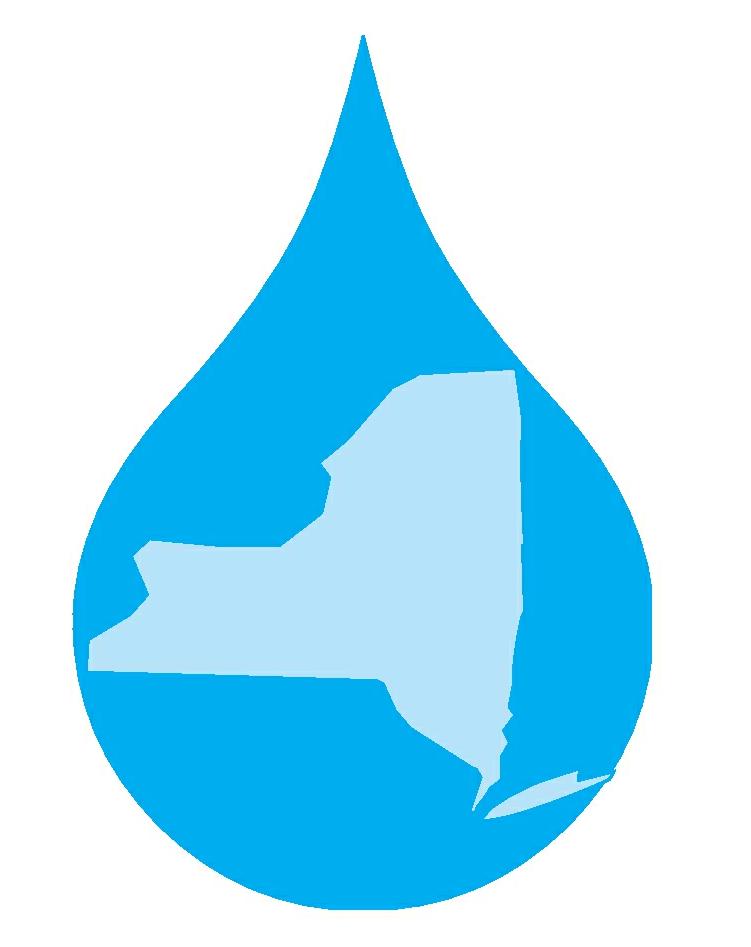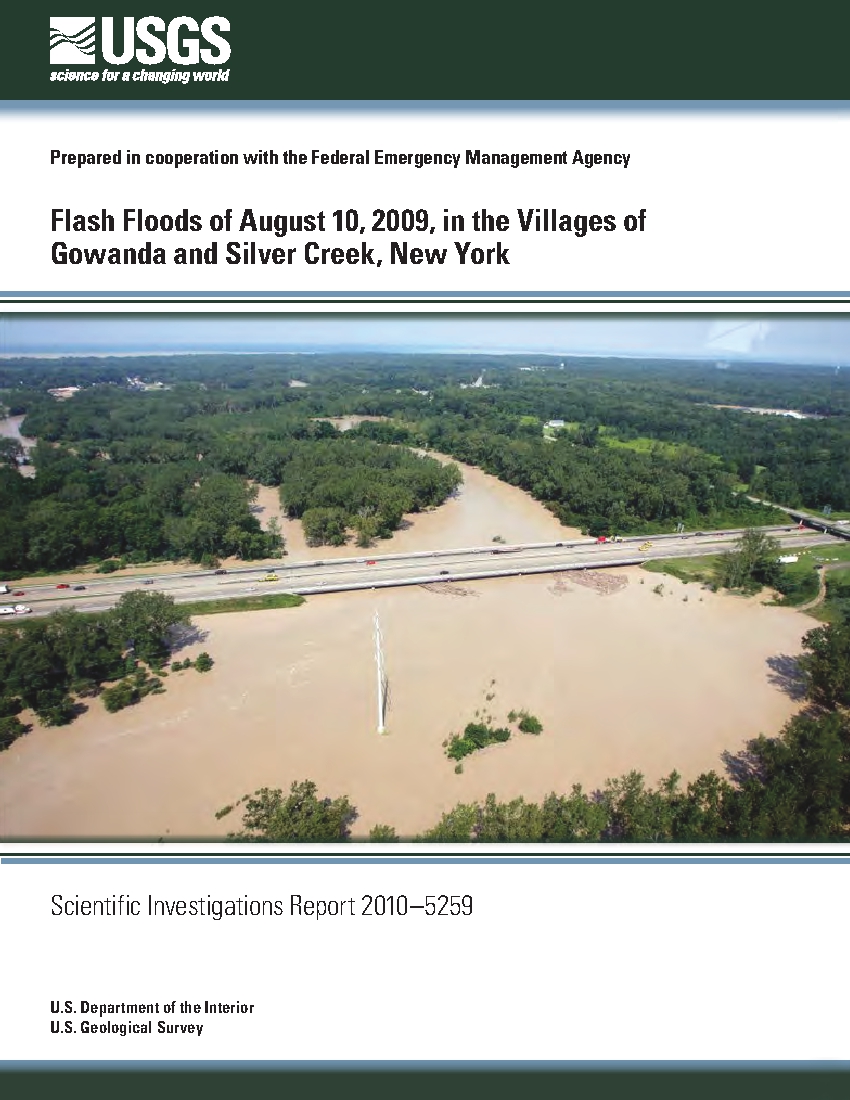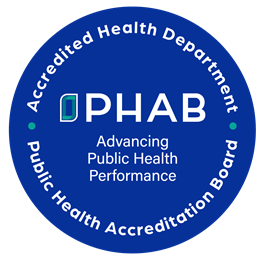Worldwide, disease causing organisms are by far the most important drinking water contaminants in terms of public health. There are many different types of pathogens (bacteria, viruses, protozoa and parasites) that can be transmitted by unsafe drinking water, most of which cause severe diarrheal illness and vomiting. According to the World Health Organization, 1.8 million people die each year from waterborne pathogens. Most of these deaths are due to poor sanitation in developing countries and are entirely preventable with water quality testing and treatment.
Coliform Testing
Testing for the presence of coliforms is widely considered by public health authorities to be the gold standard for water potability. Coliforms are a broad class of bacteria that are typically associated with surface water and soil. E.coli is a subset of these coliforms exclusively found in the fecal material of warm-blooded animals. The presence of total coliform bacteria indicates that your drinking water has contact with soil or surface water and there is potential pathway for harmful organisms to enter your water supply. The presence of E. coli in your drinking water indicates that it is being directly contaminated by fecal material and should be considered dangerous. (see "Coliform Bacteria in Drinking Water Supplies" brochure)
It is important to note that coliform testing does NOT tell you if pathogens are present in your water. Coliform testing determines the susceptibility of your water supply to contamination IF a source of pathogens is present. Testing for individual pathogens is expensive and time consuming making it impractical in most circumstances.
What do I do if my sample indicates contamination?
See the "Temporary Disinfection of Water Wells" instructions below and collect a follow-up sample.
If your follow-up sample is good, it is likely that the contamination was from a single source (ex. failure to disinfect the system after work was performed) and is probably not harmful. Collect another sample after a few months to ensure that the contamination has not returned. Intermittent sources of contamination, like seasonal changes in the aquifer are difficult to diagnose and may cause false-negative samples.
If your follow-up sample is bad, it is likely that the contamination is from a continuous source (ex. a poorly constructed well or a contaminated aquifer) and a permanent disinfection system may be warranted. Repeat the disinfection and sampling again to eliminate error before considering a disinfection system.
Disinfection of Drinking Water
Disinfection of your water system is recommended whenever coliform testing indicates contamination, when starting up a seasonal water supply, or whenever there is a known potential for pathogens to enter your water system (after new equipment is installed, flooding around your well, etc.).
Temporary Disinfection of Water Wells
A temporary disinfection of your water system will kill any organisms present in your water when performed. This is commonly referred to as a "shock treatment."
Before proceeding with the disinfection, ensure that your well is properly protected and correct any deficiencies found. See our "onsite water supplies" page for construction standards and wellhead protection guidelines.
If you have a buried well casing, you will need to locate and uncover it. Welding an extension to any buried well casings is recommended. This will better protect your well from intrusion of surface water and will make future maintenance easier. Ponding of surface water or void spaces along your casing are also possible sources of contamination that should be addressed.
Note: This procedure will temporarily disinfect your water system. It does not guarantee that your water will be safe to drink afterwards. If your water supply is not properly protected, it may become re-contaminated after the chlorine is flushed out. Follow-up sampling is necessary to determine if the treatment was effective.
Click here for a printable pdf version of the disinfection instructions
Many people will need to perform this disinfection more than once before getting satisfactory results. Depending on the source of contamination, temporary disinfection may never be 100% effective and a permanent disinfection system may be needed.
Permanent Water Disinfection Systems
Permanent disinfection systems continuously disinfect your drinking water as it is being used. These systems are recommended when your water supply is susceptible to contamination by pathogens. There are three types of drinking water disinfection systems commonly used in residential and small commercial applications; ultraviolet disinfection, chlorination and reverse osmosis filtration. (see "Water Treatment Systems")
Before installing any permanent disinfection system, you must perform water quality testing to determine what or if other treatment systems will be necessary (see "Water Quality Testing"). Depending on your water quality and the type of supply you are using, additional treatment systems may be necessary for these systems to function properly. In chlorination systems, high levels of organic material, dissolved iron, sulfur and hardness can all bind to chlorine reducing its disinfection ability. It may also create sediments and deposits that build up in equipment causing extra maintenance. Ultraviolet disinfection systems typically have strict operating ranges for several water quality parameters. High levels of iron, manganese and hardness, as well as sediment and turbidity in water will prevent ultraviolet disinfection from functioning at all and must be removed.
Emergency Water Disinfection
Many residents take the availability of safe drinking water for granted. Although public drinking water supplies are generally well protected, both natural and man-made disasters have left people without safe drinking water with little or no warning.
Severe ice storms in December of 2013 caused power outages for nearly 100,000 residents across northeastern United States. This lack of power left residents served by onsite wells without water until it was restored.
Flooding is also a relatively common occurrence in western New York and is a major cause of drinking water contamination. In 2009, flash flooding in the Village of Gowanda destroyed many homes and severely damaged the reservoir leaving residents without drinking water for several days. In 1972, flooding from hurricane Agnes destroyed a significant part of the Village of Portville and a third of the City of Olean was evacuated.
Contamination of drinking water supplies is often a major concern during these types of emergency situations. Waterborne illness outbreaks can easily turn a difficult situation deadly. Access to safe drinking water is critical and bottled water may not always be available.
Fortunately, small amounts of water can be made potable without any special equipment if necessary. Always use as clean of water as possible and never drink water that has been contaminated by chemicals. Pathogens can be killed by bringing water to a rolling boil for at least one minute. If a heat source is not accessible, small amounts of chlorine or iodine can also disinfect drinking water. (see also "US EPA - Emergency Disinfection of Drinking Water")





